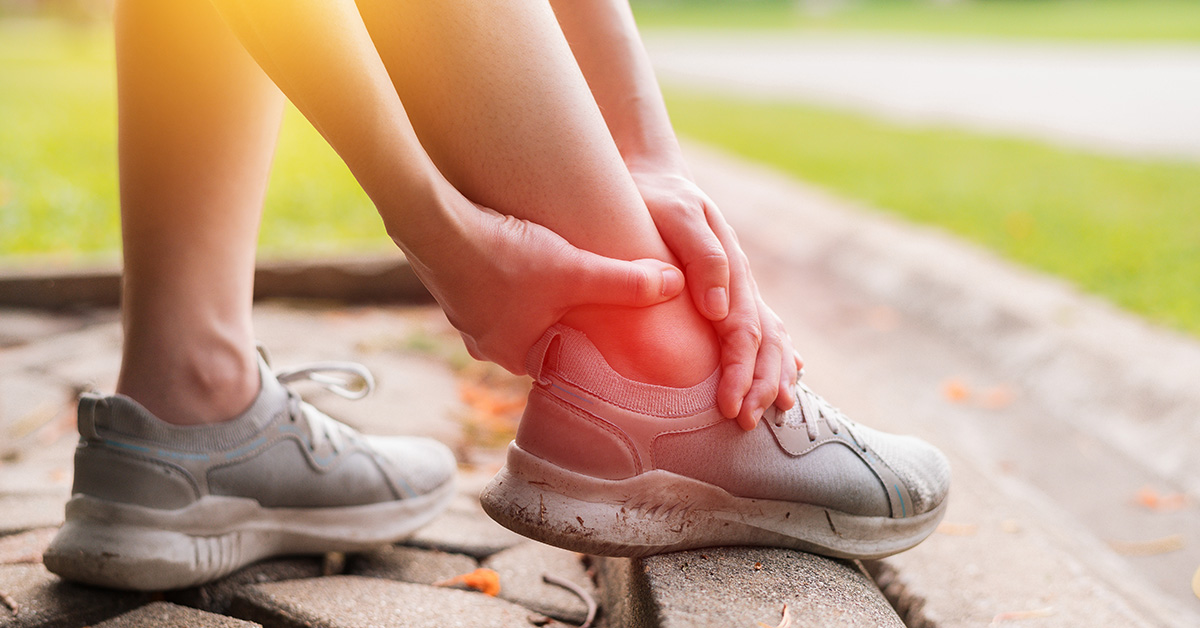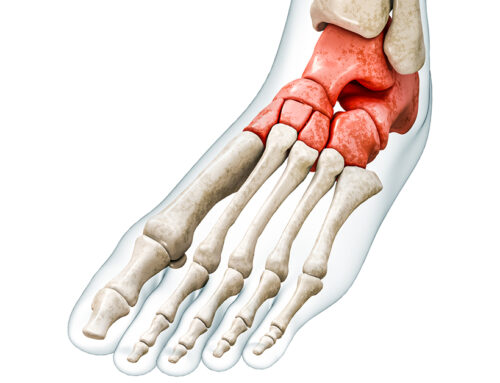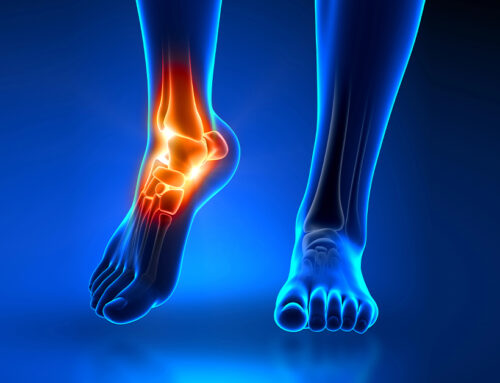
What Activities Should Be Avoided With Osteoarthritis of the Ankle?
Osteoarthritis of the ankle is a degenerative joint condition that causes the cartilage in the ankle joint to wear down over time. As the protective cushioning between bones deteriorates, movement becomes painful, stiff, and inflamed. While staying active is important for joint health, certain activities can aggravate ankle osteoarthritis and accelerate joint damage. Knowing which movements to avoid can help you manage symptoms and protect your ankle from further deterioration.
One of the first activities to reconsider is high-impact exercise, such as running, jumping, and intense aerobics. These movements place repetitive stress on the ankle joint and can worsen cartilage loss. While running may be manageable in early stages of osteoarthritis, many people eventually find it causes increased pain and swelling. Jumping sports like basketball, tennis, and high-impact interval training can also strain the ankle, leading to inflammation and joint flare-ups.
Prolonged standing or walking on hard surfaces is another activity that can irritate an arthritic ankle. If your job or routine requires hours of standing on concrete or walking long distances without breaks, it may contribute to worsening symptoms. Choosing softer flooring, supportive shoes, and taking regular breaks can help reduce this strain.
Activities that require quick direction changes or uneven surfaces, such as trail running, dancing, or certain sports like soccer and football, may also be problematic. These motions put extra stress on the ankle’s ligaments and can lead to instability, especially in joints already weakened by arthritis.
You should also be cautious with deep squatting or lunging exercises, particularly those done with added weight. These positions can place unnatural pressure on the ankle joint, potentially increasing pain and limiting your range of motion over time. If strength training is part of your routine, talk to a physical therapist about safe modifications that protect your joints.
Even improper footwear can become an issue. Wearing unsupportive shoes like flip-flops, high heels, or shoes with poor arch support can place added pressure on the ankle and contribute to joint misalignment. It’s best to choose well-cushioned, stable shoes that support the natural structure of your foot and ankle.
While there are restrictions, movement should not be avoided altogether. Low-impact activities such as swimming, cycling, yoga, and walking on soft surfaces can help maintain strength and mobility without irritating the ankle. These forms of exercise promote circulation, reduce stiffness, and support overall joint function.
In summary, people with osteoarthritis of the ankle should avoid high-impact activities, prolonged standing on hard surfaces, uneven terrain, deep squatting with weight, and unsupportive footwear. Making these adjustments can help manage pain, slow joint deterioration, and maintain better function over time. As always, consult with your doctor or a physical therapist to develop a personalized activity plan that suits your level of arthritis and supports your lifestyle.





